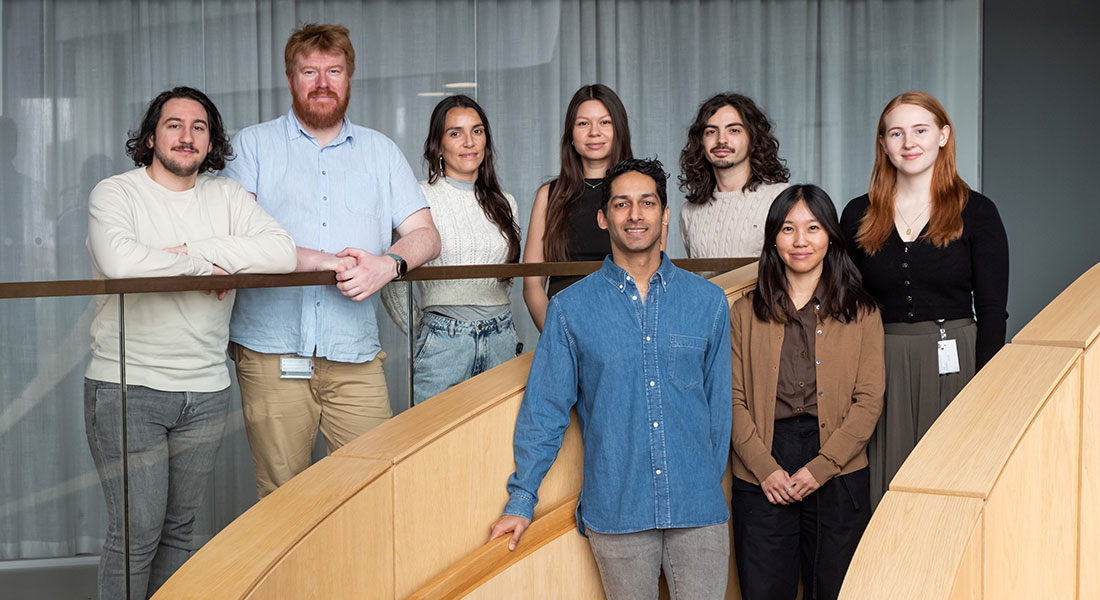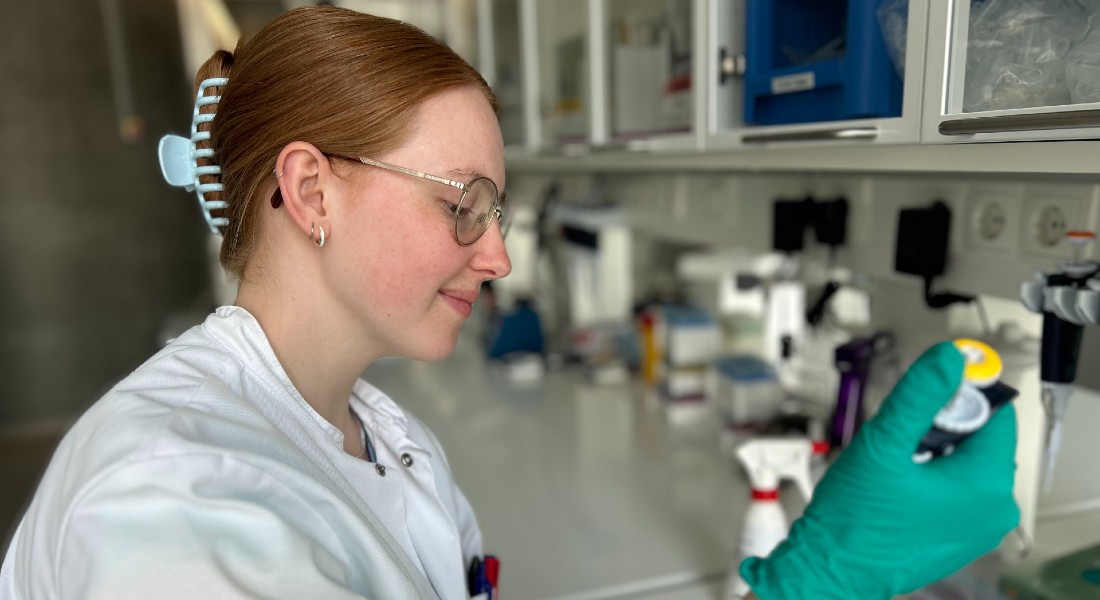Allergic Inflammation
The Allergic Inflammation group is interested in understanding how our adaptive immune cells, commonly called T and B cells, see and respond to allergens from our environment. A focus for the group is to uncover the nature of antigens that drive acute and chronic allergic inflammation at sites including the lung and skin, and moreover, to better understand how immune responses evolve to become pathogenic.

The immune system is a sensor of the environment we live in. When we encounter something foreign (like viruses, bacteria or parasites), our immune response is triggered to eliminate these pathogens and keep us in good health. Over the last century, our environment has changed considerably and we have seen a marked rise in the number of individuals that suffer from allergies including eczema, asthma and hayfever. Allergies are the product of an overactive immune response, which may arise due to contact with infections, but also to non-infectious substances like pollens, pet dander and some chemicals.
Our research analyses allergic immune responses on two levels: Firstly, we look in great depth at the genes and proteins that drive allergic immune responses, to understand the intrinsic factors within all of us that drive allergic immune responses, and secondly, we try to understand how our changing environment impacts on the immune responses we generate.
To achieve this aim, we blend research in preclinical models of allergy with analysis of allergic patient material. We hope to make new insights that allow us to stop the development of allergy in individuals, or the population at large.
The Allergic Inflammation group have had an interest in defining how an allergic response becomes pathogenic. In 2017, we identified that the nuclear receptor, peroxisome proliferator-activated receptor gamma (PPAR-gamma) was important for the development of fully-functional and pathogenic Th2 cells, the primary mediators of allergic disease. PPAR-gamma is a nuclear receptor that regulates gene transcription and in its absence, Th2 cells were not able to up-regulate the receptor for IL-33 and differentiate effectively into IL-5- and IL-13-secreting Th2 cells.
The group have also been early adopters of single cell RNA-Sequencing technology, which we have used to probe T helper cell states and functions. This technology has helped us to understand how naive CD4 T cells in our lymph nodes differentiate into fully functional Th2 cells in the context of allergic lung inflammation. In short, Th2 cell differentiation is a process which begins in the lymph node, but continues to progress as cells enter non-lymphoid tissues like the lung. In the lung, tissue-specific signals such as type I IFNs and other cytokines are involved in the full differentiation of T helper cells. For Th2 cells, a special requirement for lipid metabolism is evident and this probably ties in with their dependence on PPAR-gamma.
More recently, the group has used single cell RNA-Sequencing technology to analyse human T helper cells, for instance in the condition of ‘chronic rhinosinusitis with nasal polyps (CRSwNP)’. In polyp tissue, we found that T helper cells differentiated to express features of cytotoxicity (killer function) and that Th2 cells may have acquired mechanisms to suppress inflammation, by producing IL-10. This putative suppressive function of Th2 cells is intriguing and makes us wonder what other functions Th2 cells may acquire in complex disease settings.
Staff list
| Name | Title | Phone | |
|---|---|---|---|
| Alma Edith Lindell | PhD Fellow | ||
| Egon Urgard | Postdoc | +4535333121 | |
| Isabel Ulmert | Postdoc | +4535335941 | |
| Javiera Anaxa Alvarez Moran | PhD Student | ||
| Jebunnahar Mishu | Research Assistant | ||
| Kilian Joris Maire | Postdoc | +4535336117 | |
| Maja Søberg Udsen | Academic Research Staff | +4535336995 | |
| Mattia Dervasi | Research Assistant | ||
| Wenning Zheng | Assistant Professor |


